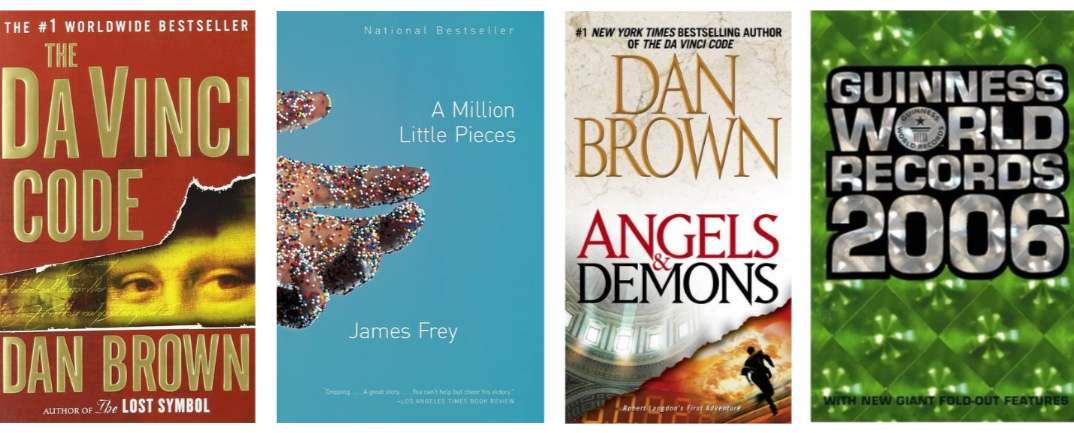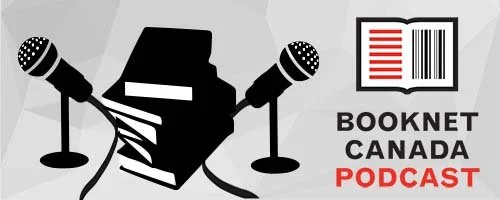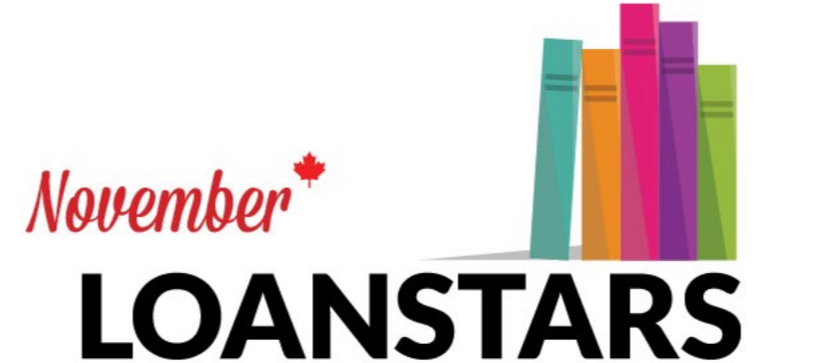The first instalment in our series looking at Publisher and Imprint Name gave an overview of what's expected for imprint and publisher naming in your metadata. This instalment looks at the things we see in BiblioShare's datasets that can be called complications (but often there's no right or wrong answer for these scenarios).
We don't like to drop terms in publishing, but we do love to take old terms and re-purpose them. Almost all book metadata includes both Imprint Name and Publisher Name so, just like how Publication Date can mean almost any date in some circumstance because it's the only date that's always available, so too Imprint and Publisher can be... well... multifaceted? Here are some ways Publisher Name and Imprint Name interact.
Simple case: The same name appears as both Publisher and Imprint
The publisher's name is (at least one of) their brand(s). Publisher and imprint are not the same thing, so using identical information for both is not a pointless repetition but provides clarity that your company name also functions as your brand. That information is needed even more if you support multiple imprints.
ISBN prefixes are assigned to a Publisher Name. Your books being grouped and tracked by ISBN prefix is a huge help to the book trade. It's a bonus if you can make them unique for each imprint.
Simple case: Publisher clarifies a division of some sort
House of Anansi, a publisher, established a distinct separate publisher, Groundwood Books, for their children's books.
Groundwood Books' primary imprint is itself, but their Spanish books have a distinct imprint, Libros Tigrillo. A distinct brand makes it easy for retailers to track them.
House of Anansi Inc. lists itself as both the publisher and the imprint on more than half their books, but the Imprint Name they use is a variation (drops the "Inc.") to support a more informal brand presence.
They support a number of distinct imprints, including some that play off their name: A List, Ambrosia, Anansi International, Arachnide Editions, Astoria, and Spiderline. Even without explanation, the purposes are suggested by the names.
House of Anansi works with client publishers, too. When they do, they use that company's Publisher Name and Imprint Name.
This is simple, clear, and predictable and an ideal model to use for any publishing program (but see "Hidden hierarchies" below for its limit).
Complicating factor: Other company's poor data practices
Baraka Books is a non-fiction publisher who established an imprint, QC Fiction, when they started to publish fiction. Yay — a simple case that promotes clarity!
Their US distributor does not (at time of this writing) list QC Fiction as an imprint. This results in inconsistent metadata presentation depending on which market and data source is being referenced. Boo — not only does the US data not make a useful distinction but whenever US data is referenced it can cause lost discovery opportunities.
Complicating factor: Hidden hierarchies
The Anansi/Groundwood example above (where one entity represents itself as more than one publisher with multiple imprints) is common. Supporting multiple publishers can help mark useful divisions — publishers having different exclusive distributor in a market, for example — as publishers represent legal entities they can support distinct contracts. While publisher as a legal entity is usually enough, the complication happens because legal entities (or parts thereof) can be bought. Ownership can become layered. A multinational's rationalization and restructuring might include:
publishers and their imprint/brands being absorbed into other units, including being sold outside of the current structure, with or without name changes;
ownership of ISBN prefixes becoming fragmented as the original assignment becomes meaningless; or,
imprints being associated with multiple publishers and/or individual books moved between publishers. This is perfectly reasonable if seen from a level (or levels) above publisher, as a book, series, publisher, or imprint "brand" can have particular strengths in creation or reputation that could find or lend support to other parts of other units. When rationalized as a business, the original structure is bent.
Summary: Within hidden hierarchies, almost anything can happen to a specific book or grouping, including changes that are inexplicable to an outsider. Companies of this size are generally very good at announcements and have extensive contact with trading partners, but the amount of change can still be hard to keep up with.
Complicating factor: Distributor's choices
It's not seen as often now, but distributors can use the two available name slots, Imprint and Publisher, creatively when their client is another distributor or similar unit:
Their contractual "unit" is maintained as a corporate name in Publisher while Imprint gets used for the individual publisher names associated with that unit.
Imprints are lost or partially supported if the Imprint Name is seen as more useful as a marker than Publisher.
This isn't necessarily a bad thing in the sense that supply chain often best understands the products in the context of the original unit.
It can be a bad thing as any metadata user expecting to find meaningful information under Publisher Name will be flummoxed and discovery data is spoiled.
So long as the data is used by end users who know it's supplied with a naming of convenience, the metadata is useful. Wider distribution of metadata means most distributors have stopped this practice because it adversely affects their clients' discovery data. I can speculate that this practice provides an explanation for why Amazon uses the data point "Imprint" and labels it as "Publisher."
Next week in our third and final instalment in this series, we'll look at the solution ONIX offers and how partial implementation of the ONIX standard perpetuates complication in the Publisher and Imprint Name game.















Expanded Thema worked examples do deeper dives into single book to showcase content and contributors relating to Indigeneity.